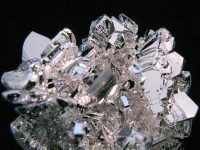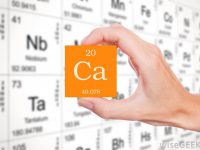Sources of Phosphorus Phosphorus is an additive metal found in all anti-wear (AW) and extreme pressure (EP) additive packages. Only when the phosphorus level deviates more than 25% from the new oil or reference value should a concern be raised, but the likeliest cause is mixing or topping-off with a different product. AW oils can…
Read more
Sources of Phosphorus







